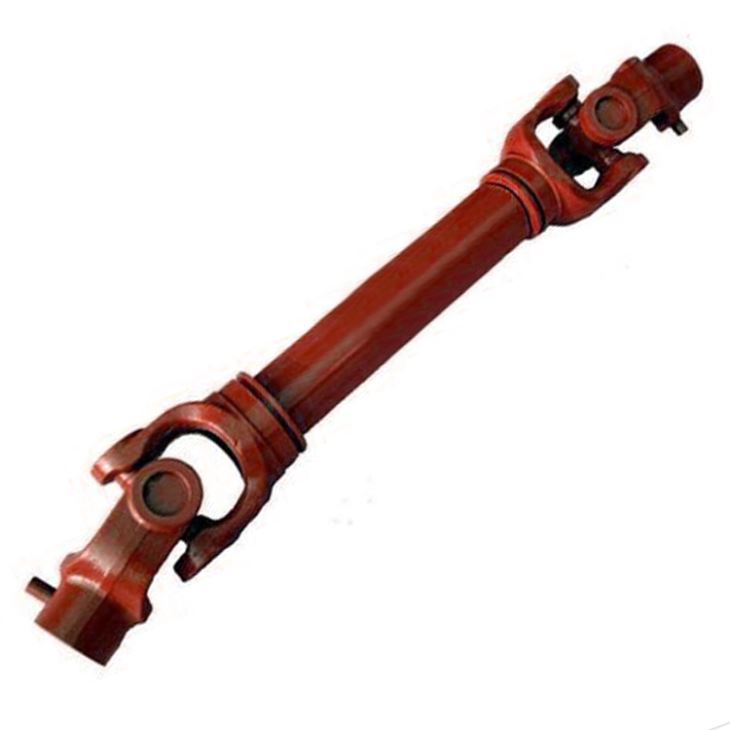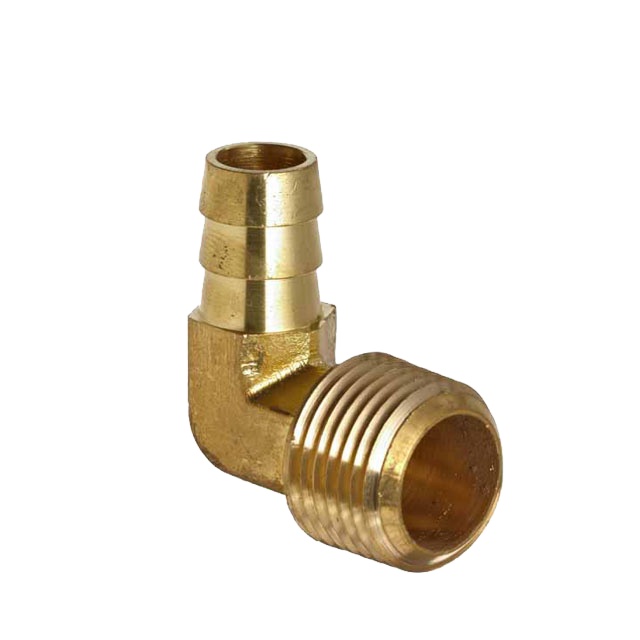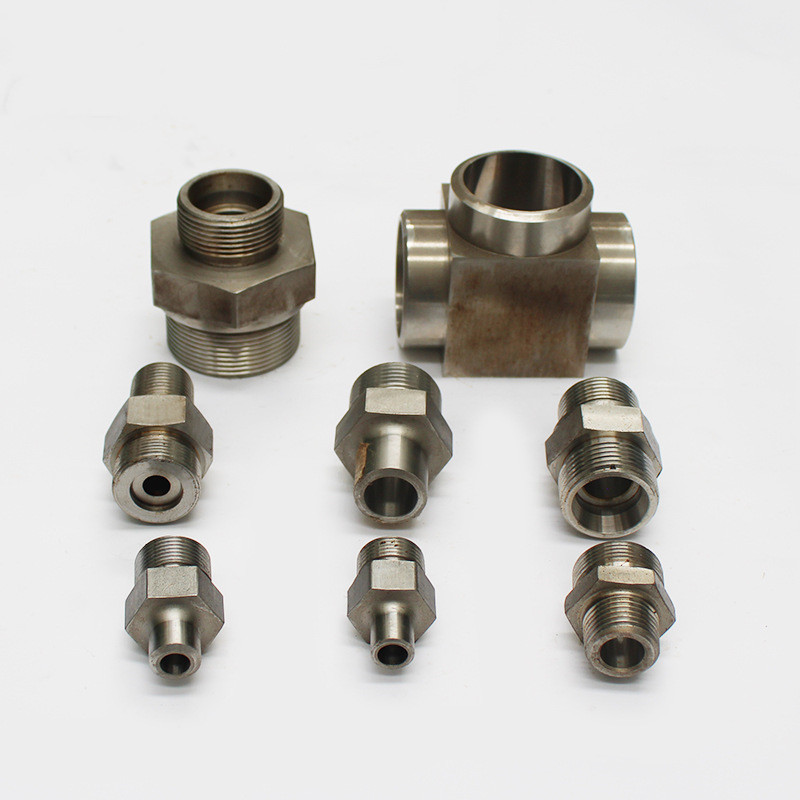In conclusion, hydraulic cylinders are known for their durability and ability to withstand heavy-duty applications. The durability of a hydraulic cylinder depends on factors such as the quality of materials, design, maintenance, and operating conditions. By selecting high-quality cylinders, following proper maintenance practices, and considering the specific operating conditions, the durability of hydraulic cylinders can be maximized, providing long-lasting and reliable performance in various industrial applications.
Hydraulic cylinders are versatile components that find application in various industries and fields due to their ability to generate linear force and motion. Here, we will discuss some of the main uses and application fields of hydraulic cylinders:
Hydraulic cylinders play a crucial role in construction equipment such as excavators, loaders, bulldozers, and cranes. These cylinders are utilized for tasks including lifting heavy loads, extending and retracting booms, and controlling the movement of various machine parts. The durability and high load-bearing capacity of hydraulic cylinders make them ideal for such demanding applications.
In the industrial manufacturing sector, hydraulic cylinders are employed in machinery for pressing, bending, cutting, and forming operations. These cylinders provide the necessary force and precision to carry out tasks such as stamping, metal forming, and sheet metal processing. They are also used in industrial presses, injection molding machines, and hydraulic presses.
Hydraulic cylinders are widely used in material handling equipment like forklifts, pallet jacks, and lift tables. These cylinders enable smooth lifting, lowering, and tilting of loads, ensuring efficient and safe material handling operations. They are also utilized in conveyor systems, cranes, and hoists for lifting and moving heavy loads.
Agricultural machinery extensively uses hydraulic cylinders for various tasks. They are utilized in tractors, harvesters, and sprayers for functions like raising and lowering the implements, controlling steering mechanisms, and adjusting the position of crop harvesting or spraying equipment. Hydraulic cylinders play a crucial role in enhancing the efficiency and productivity of agricultural operations.
Hydraulic cylinders find application in the automotive industry for various purposes. They are used in vehicle suspension systems, steering systems, and braking systems to provide stability, control, and safety. Additionally, hydraulic cylinders are employed in car lifts and hydraulic ramps for vehicle maintenance and repair.
Hydraulic cylinders are vital components in aircraft and aerospace systems. They are utilized in landing gear mechanisms, flight control surfaces, cargo loading systems, and other critical aircraft operations. Their ability to generate high force and withstand extreme conditions make them suitable for use in the aerospace industry.
In conclusion, hydraulic cylinders have a wide range of applications across industries such as construction, industrial manufacturing, material handling, agriculture, automotive, and aerospace. Their ability to generate linear force, precise control, and durability make them essential components in various machines and equipment, ensuring efficient and reliable operations in numerous fields.
4. Cause of the fault Faults in hydraulic cylinders can occur due to various reasons, ranging from design flaws to external factors. Understanding the causes of these faults is essential for diagnosing and rectifying issues. Here, we will discuss some common causes of hydraulic cylinder faults:
Seal Leakage: One of the most common faults in hydraulic cylinders is seal leakage. This can occur due to wear and tear, improper installation, or damage to the seals. Seal leakage can result in loss of hydraulic fluid, reduced cylinder performance, and potential contamination of the system.
Contamination: Contamination of the hydraulic fluid is another significant cause of cylinder faults. Contaminants such as dirt, debris, water, or air can enter the system through various sources. Contaminants can cause damage to the cylinder components, leading to decreased performance, seal failure, and increased wear.
Overloading: Excessive loads or overloading can put excessive stress on the hydraulic cylinder, leading to failure. Overloading can cause piston rod bending, seal damage, or even cylinder barrel deformation. It is crucial to ensure that the cylinder is appropriately sized and capable of handling the expected loads.
Misalignment: Misalignment of the hydraulic cylinder can result in uneven loading and excessive stress on certain components. This can lead to premature wear, seal failure, and reduced performance. Proper alignment of the cylinder with the load and other components is essential for optimal operation and longevity.
Fluid Contamination: Poor quality hydraulic fluid or using the wrong type of fluid can cause damage to the cylinder components. Fluids that do not meet the required specifications can cause corrosion, erosion, and accelerated wear of the cylinder surfaces. It is essential to use the recommended hydraulic fluid and regularly monitor its quality.
Insufficient Lubrication: Inadequate lubrication of the cylinder components can cause increased friction and wear. This can lead to premature failure of seals, piston rods, and other moving parts. Proper lubrication, using the correct type and amount of lubricant, is crucial for maintaining the cylinder's performance and lifespan.
External Factors: External factors such as extreme temperatures, harsh environments, or improper handling can also contribute to hydraulic cylinder faults. High temperatures can cause fluid degradation and seal failure, while corrosive environments can lead to corrosion and wear. Mishandling, such as dropping or impact loading, can result in mechanical damage to the cylinder.
In conclusion, hydraulic cylinder faults can occur due to various factors, including seal leakage, contamination, overloading, misalignment, fluid contamination, insufficient lubrication, and external factors. Regular inspection, maintenance, and adherence to proper operating procedures can help prevent and address these faults, ensuring the optimal performance and longevity of hydraulic cylinders.
5. Troubleshoot the fault When faced with a fault in a hydraulic cylinder, it is important to troubleshoot the issue to identify the root cause and determine the necessary corrective action. Here are some steps to troubleshoot common faults in hydraulic cylinders:
Gather Information: Start by gathering information about the fault. This can include observing the symptoms, reviewing maintenance records, and conducting visual inspections of the cylinder and its components. Document any noticeable issues such as leaks, abnormal sounds, or reduced performance.
Check Fluid Level and Quality: Ensure that the hydraulic fluid level is adequate and check its quality. Contaminated or degraded fluid can cause various faults. If necessary, drain and replace the fluid, making sure to use the recommended type and following proper filtration procedures.
Inspect Seals: Examine the seals for signs of damage, wear, or leakage. Faulty seals are a common cause of hydraulic cylinder problems. Replace any damaged or worn seals, ensuring proper installation. It may also be necessary to inspect and clean the sealing surfaces.
Check Rod and Barrel: Inspect the piston rod and cylinder barrel for signs of damage, excessive wear, or misalignment. Misalignment can cause uneven loading and premature wear. If necessary, realign or replace damaged components.
Examine External Factors: Consider any external factors that may be contributing to the fault. For example, if the cylinder is exposed to extreme temperatures or corrosive environments, take appropriate measures to protect the cylinder and its components, such as using heat shields or corrosion-resistant coatings.
Review Load and Pressure: Evaluate the load and pressure requirements of the cylinder. Overloading or excessive pressure can cause failures. Ensure that the cylinder is appropriately sized and capable of handling the expected loads. Adjust load or pressure settings if necessary.
Lubrication and Maintenance: Check the lubrication system and ensure that all moving parts are properly lubricated. Inadequate lubrication can cause increased friction and wear. Follow the manufacturer's recommendations for lubrication intervals and use the correct type and amount of lubricant.
Conduct Functional Tests: Once any necessary repairs or adjustments have been made, perform functional tests to verify that the cylinder is operating properly. This can include testing the cylinder's range of motion, responsiveness, and load-bearing capacity. Monitor for any abnormalities during testing.
Preventive Measures: Implement preventive measures to avoid future faults. This includes regular inspection, maintenance, and following proper operating procedures. Keep accurate maintenance records and schedule periodic inspections and servicing.
In conclusion, troubleshooting faults in hydraulic cylinders involves a systematic approach of gathering information, inspecting components, identifying the root cause, and implementing corrective actions. By following these steps, you can effectively diagnose and address faults, ensuring the optimal performance and longevity of hydraulic cylinders.
6. How to install and use A hydraulic cylinder is a mechanical actuator used to generate linear motion or force by using hydraulic fluid. It is widely used in various industries, including construction, manufacturing, and transportation. In this guide, we will discuss how to install and use a hydraulic cylinder efficiently.
Installation:
Begin by choosing a suitable mounting location for the hydraulic cylinder. Ensure that it is securely mounted to a stable structure.
Clean the mounting surface and remove any dirt or debris that may affect the installation process.
Align the hydraulic cylinder with the mounting surface and attach it using appropriate mounting hardware. Make sure to tighten the bolts securely.
Connect the hydraulic lines to the cylinder. Check the manufacturer's instructions for the correct hydraulic line connections.
Ensure that all connections are tight and free from any leakage.
If required, adjust the stroke length of the hydraulic cylinder according to your specific application needs.
Precautions:
Before using the hydraulic cylinder, carefully read and understand the instruction manual provided by the manufacturer.
Only use hydraulic fluid recommended by the manufacturer to maintain optimal performance.
Regularly inspect the hydraulic cylinder for any signs of wear or damage. Replace any worn-out components immediately.
Ensure that the hydraulic system is properly maintained and that all connections are tightened correctly.
Never exceed the recommended operating pressure or load capacity of the hydraulic cylinder.
Avoid operating the hydraulic cylinder in extreme temperatures or harsh environmental conditions.
Operation:
Before operating the hydraulic cylinder, ensure that the hydraulic system is properly pressurized.
Check the hydraulic fluid level and top up if necessary.
Start by slowly applying hydraulic pressure to the cylinder. Gradually increase the pressure to achieve the desired force or motion.
Monitor the operation of the hydraulic cylinder closely for any signs of malfunction or abnormal behavior.
In case of any issues, immediately stop the operation and inspect the cylinder for potential problems.
Regularly lubricate the moving parts of the hydraulic cylinder to ensure smooth and efficient operation.
If the hydraulic cylinder is equipped with position sensors, make sure they are calibrated correctly for accurate feedback.
Maintenance:
Regularly inspect the hydraulic cylinder for any signs of leakage, corrosion, or damage. Replace any worn-out or damaged components promptly.
Clean the hydraulic cylinder regularly to remove any dirt or debris that may affect its performance.
Maintain the recommended hydraulic fluid level and quality to ensure efficient operation.
Follow the manufacturer's recommended maintenance schedule for lubrication, seal replacement, and overall inspection.
Keep a record of all maintenance activities performed on the hydraulic cylinder for future reference.
In conclusion, installing and using a hydraulic cylinder involves proper installation, precautions, operation, and maintenance. By following the recommended guidelines and manufacturer's instructions, you can ensure the effective and safe operation of the hydraulic cylinder for an extended period. Always prioritize safety and consult professionals if you are unsure about any aspect of installing or using the hydraulic cylinder.
Ningbo City Yinzhou Ruican Machinery Co, Ltd is direct manufacturer, covers the
Sand Casting Foundry.
Investment Casting Foundry and Machining Workshop, and offer the Ductile Iron &Grey Iron Sand Casting parts, investment casting parts, Aluminium castings and precision machining parts. The produced parts are widely used in
Auto Parts: Agricultural, Marine: Architectural Machinery, Medical; Food Machinery,
Valves and so on. The material which we used is ductile iron: Aluminium: Bronze; Brass: Copper: carbon steel: stainless steel end so on.












